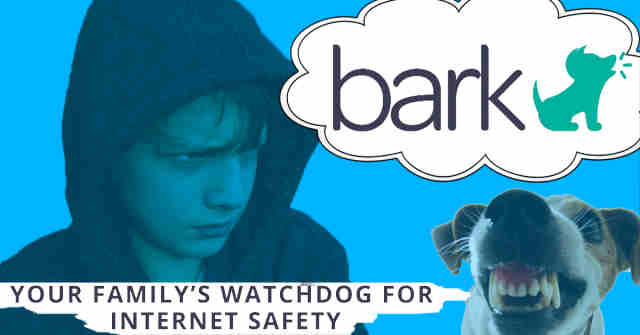 Cellphones and laptops are becoming more and more of a commonality among younger people; and with the popularity of such devices, there comes an immense amount of potential danger attached to them. Some parents may not comprehend the risks before giving their children the privilege of having a cellphone and/or a laptop, but there is a dangerous dark side to a smartphone/laptop while in the hands of a young person.
Cellphones and laptops are becoming more and more of a commonality among younger people; and with the popularity of such devices, there comes an immense amount of potential danger attached to them. Some parents may not comprehend the risks before giving their children the privilege of having a cellphone and/or a laptop, but there is a dangerous dark side to a smartphone/laptop while in the hands of a young person.
To try and combat the dangers of cellphone/internet usage by children and teenagers, Bark was created to monitor text conversations of minors. The app works by having parents create an account through the website bark.us, and by starting off with a 30-day free trial, the app is granted access to all of your child’s text messages, email, and even social media accounts. The app monitors your child 24/7 and will send alerts to you if issues are detected by the app’s “watchdog engine” while also supplying “recommended actions and ways to talk about issues as a family”.
Parents Can Use App Monitoring Software Bark To Combat Dangers Of Internet Use
Bark’s “watchdog engine” is engineered through “data science and machine learning” to flag interactions such as cyber bulling, sexting, and … Read More... “Parents – Are You Worried About Your Kids Online Safety?”


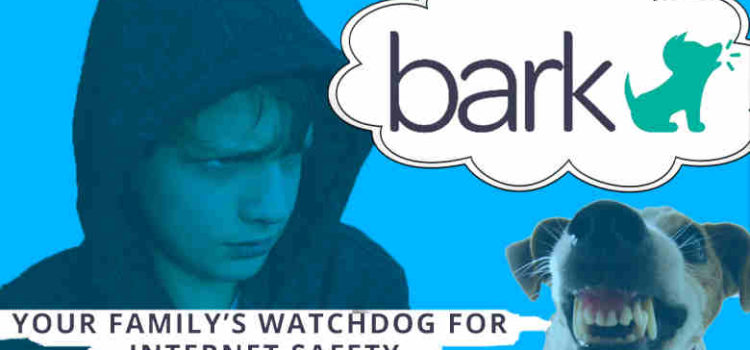
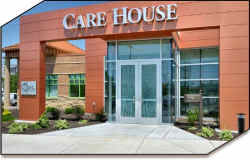 Around this time of year, it is impossible to go anywhere without hearing or seeing something reminding us to “give thanks” and to get into the “holiday” spirit. However, as the joy and excitement of the season spreads, so does the stress and anxiety that goes along with it. While it may seem strange to those of us who believe this is the “most wonderful time of the year,” for the victims of child abuse, it can actually be the worst.
Around this time of year, it is impossible to go anywhere without hearing or seeing something reminding us to “give thanks” and to get into the “holiday” spirit. However, as the joy and excitement of the season spreads, so does the stress and anxiety that goes along with it. While it may seem strange to those of us who believe this is the “most wonderful time of the year,” for the victims of child abuse, it can actually be the worst.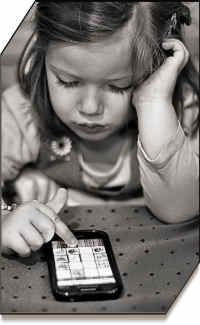 Summer is coming.
Summer is coming.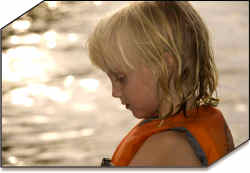 The key role of the child protective services (CPS) investigator is to determine if a child is at risk of harm. When a child is in immediate danger, CPS and/or law enforcement work to ensure the child’s safety. Often a safety plan is developed which will keep a child safe at home. When that is not possible the child may be taken into protective supervision.
The key role of the child protective services (CPS) investigator is to determine if a child is at risk of harm. When a child is in immediate danger, CPS and/or law enforcement work to ensure the child’s safety. Often a safety plan is developed which will keep a child safe at home. When that is not possible the child may be taken into protective supervision.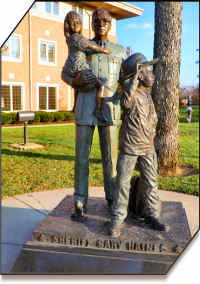 On Thursday, October 18, 2012, I had the opportunity to visit the Haines Children’s Center located at 3304 North Main Street, Dayton, Ohio, to meet with Ann Stevens, Public Information Coordinator of the
On Thursday, October 18, 2012, I had the opportunity to visit the Haines Children’s Center located at 3304 North Main Street, Dayton, Ohio, to meet with Ann Stevens, Public Information Coordinator of the  A recent study identifies the nation’s most dangerous traffic intersection. It’s at Flamingo Road and Pines Boulevard in Pembroke Pines, Florida. The insurance company’s engineer who compiled the report notes that the intersection meets appropriate design standards and is regulated by traffic lights. He said traffic volume and driver error were two important factors in the high number of crashes.
A recent study identifies the nation’s most dangerous traffic intersection. It’s at Flamingo Road and Pines Boulevard in Pembroke Pines, Florida. The insurance company’s engineer who compiled the report notes that the intersection meets appropriate design standards and is regulated by traffic lights. He said traffic volume and driver error were two important factors in the high number of crashes. We want to thank Daniel Pollack, a professor at Yeshiva University’s School of Social Work in New York City and a frequent expert witness in child welfare cases for sending an article he published “Homeschooling and Child Protection”, Policy & Practice (Feb. 2012). The issue that he wrote about is an important one in the child welfare world and one that has hit home in real life recently in Dayton, Ohio. We have adapted this blog article in large part from Professor Pollack’s article.
We want to thank Daniel Pollack, a professor at Yeshiva University’s School of Social Work in New York City and a frequent expert witness in child welfare cases for sending an article he published “Homeschooling and Child Protection”, Policy & Practice (Feb. 2012). The issue that he wrote about is an important one in the child welfare world and one that has hit home in real life recently in Dayton, Ohio. We have adapted this blog article in large part from Professor Pollack’s article.